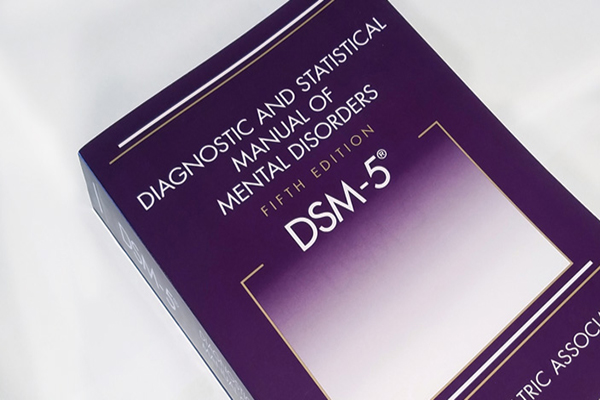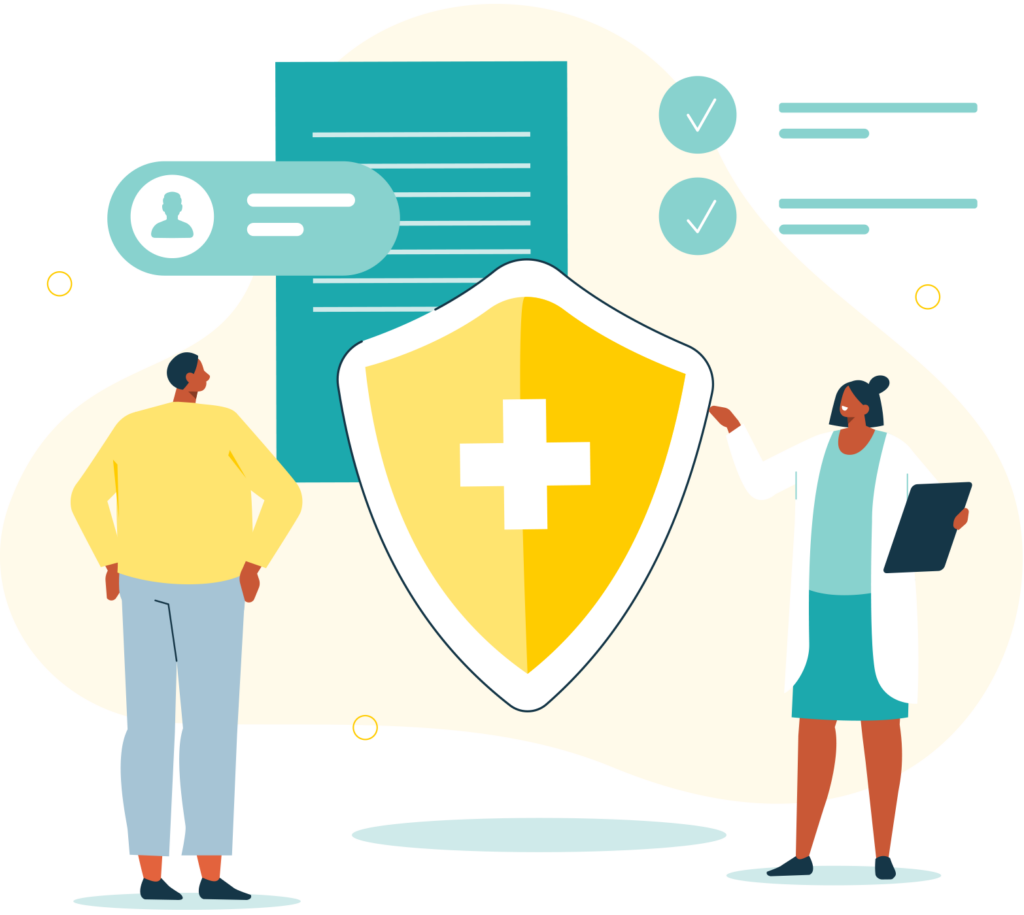The Diagnostic and Statistical Manual of Mental Disorders, Fifth Edition (or the DSM-5), has become the gold standard for diagnosing mental illnesses of all kinds, from bipolar disorder to substance abuse and dependence. The fifth edition of this psychiatrically-based text outlines the diagnostic criteria that someone must present before being officially diagnosed with a substance use disorder.
Criteria of the Diagnostic And Statistical Manual Of Mental Disorder, Fifth Editon
At least two of the diagnostic criteria must be present for up to one full year. In addition, the severity of substance use disorders is broken up into mild, moderate, and severe. Someone struggling with a severe substance use disorder typically presents six or more of the 11 criteria outlined in the DSM-5. The criteria are as follows:
- Have you attempted to cut back on the amount of the substance you take on a daily or near-daily basis, only to find yourself unable to do so?
- Have your loved ones expressed concern about your patterns of substance use, leading to a clear strain on interpersonal relationships?
- Have you been taking the chemical substance in larger amounts than intended for a longer period than intended?
- Do you spend a significant amount of time obtaining your substance of choice, using your substance choice, and recovering from the effects of your substance of choice?
- Do you experience intense drug cravings and a desire to use the chemical substance when it is not readily available?
- Are you failing to complete day-to-day tasks, and has your performance at work or school been suffering as a direct result of your opioid abuse?
- Do you repeatedly use your substance of choice even when it puts you in immediate danger? This danger could be because of increased risk-taking activities like driving while intoxicated or because you are instructed to stop opioid use by a medical professional because of related consequences.
- Do you require a greater amount of opioid narcotics to feel the desired results? This is known as the development of physical tolerance, and when it comes to opioid narcotics, the building of tolerance generally happens rather quickly.
- Do you experience symptoms of withdrawal when you stop using the drug abruptly?
- Have you experienced a range of consequences as a direct result of your opioid use, such as legal consequences, financial consequences, and problems in interpersonal relationships?
- Do you prioritize drug use over most everything else in your life?
If you answered “yes” to two or more of the above-listed questions, there is a good chance that you were struggling with a diagnosable opioid abuse disorder. If this is the case, you will likely benefit from entering into a long-term clinical care program – one that begins with medical detox and advances to inpatient treatment. At Evoke Wellness, we are dedicated to helping our clients find the most appropriate level of clinical care for all of their unique needs and requirements.
Opioid Abuse Disorder and Dependence
Over the past decade, rates of opioid abuse and dependence have been on the rise. According to the National Institute on Drug Abuse, rates of heroin abuse have been rising throughout the country since 2007. While rates of heroin use continue to climb, this is not the only opioid narcotic that is widely abused. More recently, rates of synthetic opioid abuse have been skyrocketing, and fentanyl – a synthetic painkiller that is roughly 100 times more potent than morphine – has quickly become responsible for most overdose-related deaths throughout the country.
More About Opioid Abuse Disorder And Dependence
To overcome an opioid abuse disorder, they must enter into a multi-phased program of recovery that begins with medically monitored detox. In medical detox, the person undergoes opioid withdrawal and a closely monitored setting under the care of a team of medical professionals. While in detox, the clinical team helps develop an aftercare plan. In most cases, this plan includes an immediate transition into an inpatient treatment center. However, suppose you have recently completed medical detox. In that case, it is highly recommended that you stay engaged in a residential treatment program for between one and three months, depending on the severity of the substance abuse disorder. At Evoke Wellness, we have developed a program of opioid abuse recovery that is both effective and multi-phased. To learn more, contact us today.
Evoke Wellness and Opioid Abuse Recovery
We believe that recovery is possible for everyone, no matter how severe an opioid abuse disorder has become. So rather than becoming another statistic and falling victim to opioid overdose, reach out to us today and begin living the life you deserve. Evoke Wellness offers a variety of opioid treatment programs including medical detox programs for men and women of all ages. Our addiction specialists will help you find the right program that will meet your needs and help you get on the road to a happier and healthier life free from opioid addiction. Rest assure we are available 24/7 and all calls are free and confidential.



